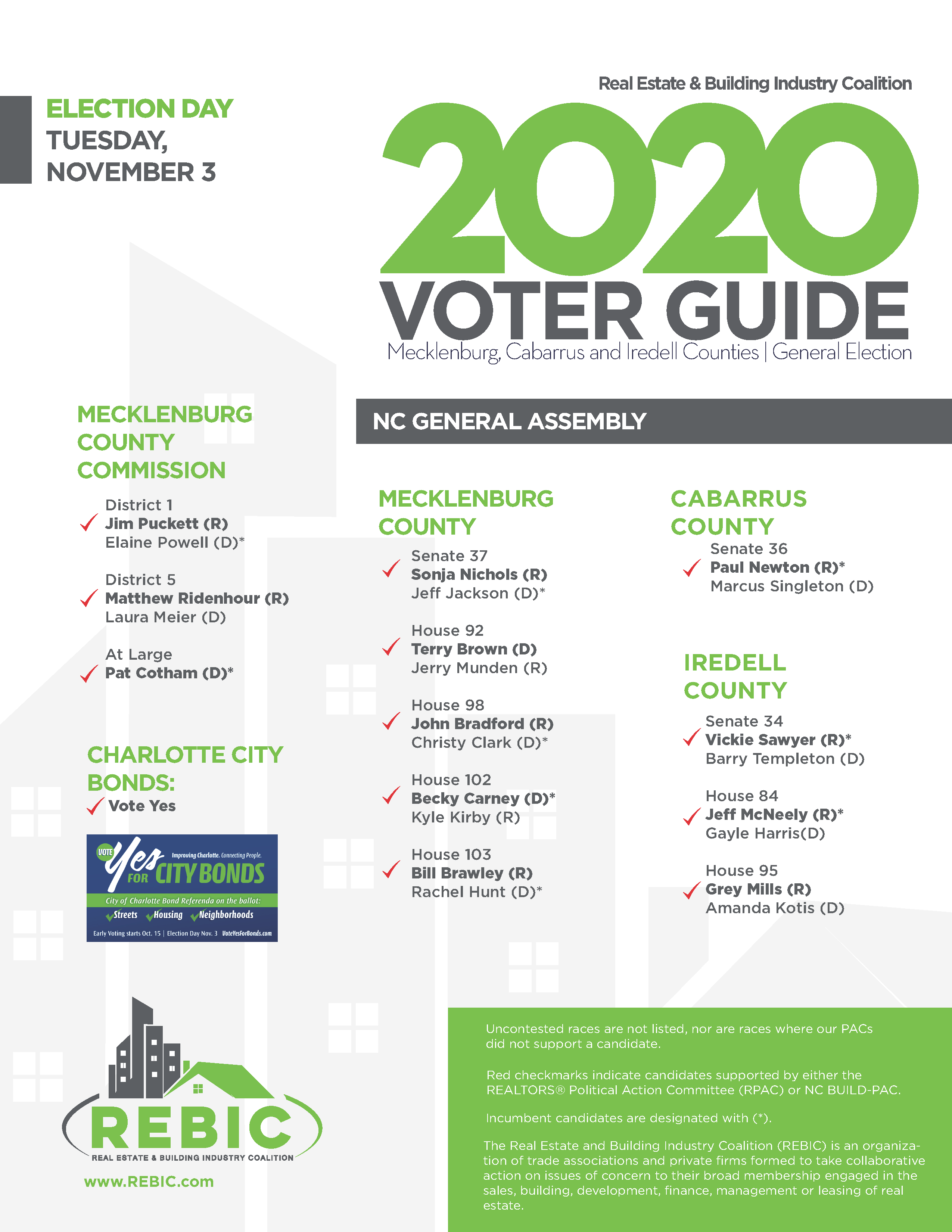Originally published on October 2, 2020, by Shawn Moura, Ph.D. for NAIOP.
Last week, NAIOP conducted its sixth monthly survey of its U.S. members on the impacts of COVID-19. Since April, the association has examined the pandemic’s effects on commercial real estate and how firms have responded. Respondents to the survey report continued, gradual improvement in deal activity, but also indicate that the coronavirus is having a more pronounced effect on ongoing development projects than in prior months. In addition, more building owners are responding to the outbreak by offering tenants a broader range of rent relief arrangements and by increasing building safety precautions.











